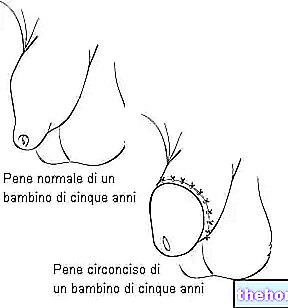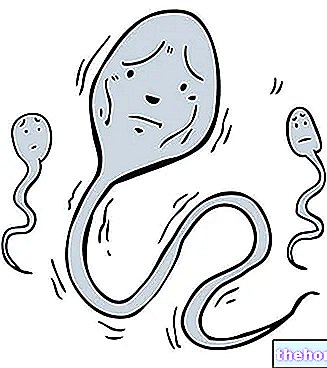Generality
Azoospermia consists of the "absence of spermatozoa in the" male ejaculate. This "anomaly, which is one of the most serious causes of infertility, can be caused by:
- Obstruction of the seminal ducts which, starting from the testicle, lead the spermatozoa to the outside (obstructive azoospermia).
- Lack of production by the testis (secretory or non-obstructive azoospermia).

If the patient wishes to procreate, the spermatozoa recovered from the testis by biopsy needle or surgical sampling can be microinjected into the female egg, as part of a medically assisted procreation treatment.
What's this
Azoospermia is a seminal fluid anomaly characterized by the total absence of male gametic cells. This disorder has obvious consequences on fertility.
If the production of spermatozoa is zero, the man cannot procreate, except by resorting to medically assisted procreation techniques.
The percentage of infertile subjects with a picture of azoospermia settles around 10-15%.
The male reproductive system is a complex system consisting of internal organs (prostate, seminal vesicles and proximal urethra) and external organs (penis and distal urethra, scrotum and testicles).
The entire system functions under the control of androgens, especially testosterone, with the supervision of the pituitary and the adrenergic and cholinergic nerve networks. The balance between hormones and nerve signals is essential for everything to work properly.




























